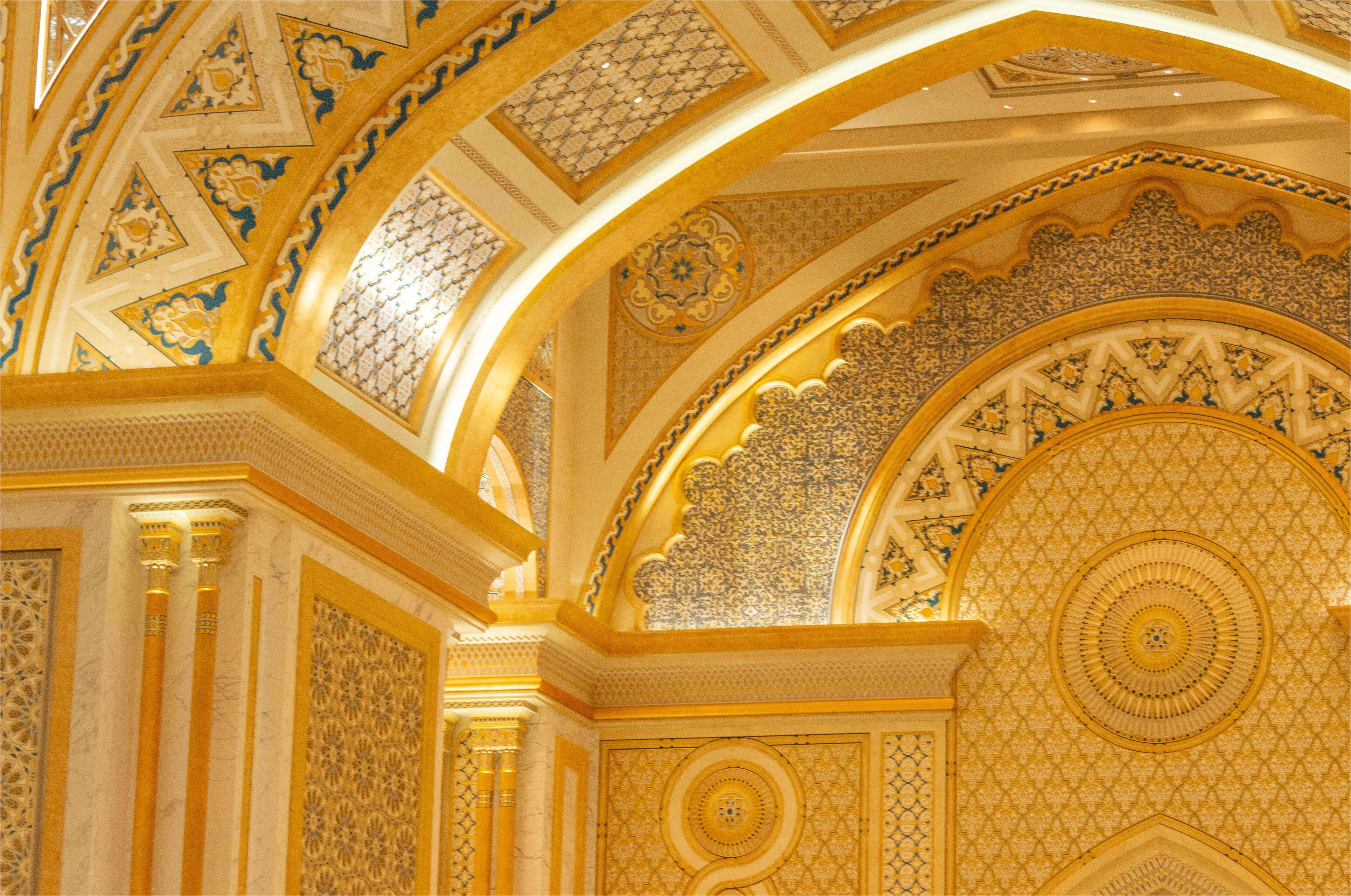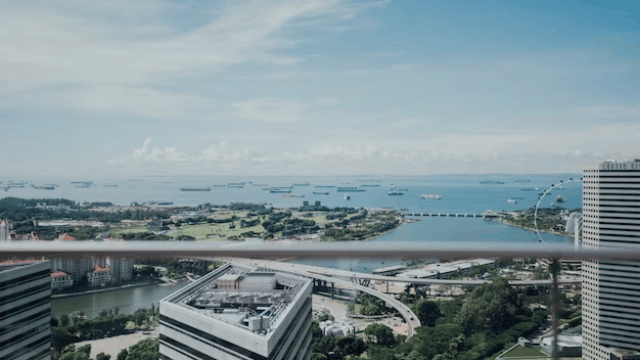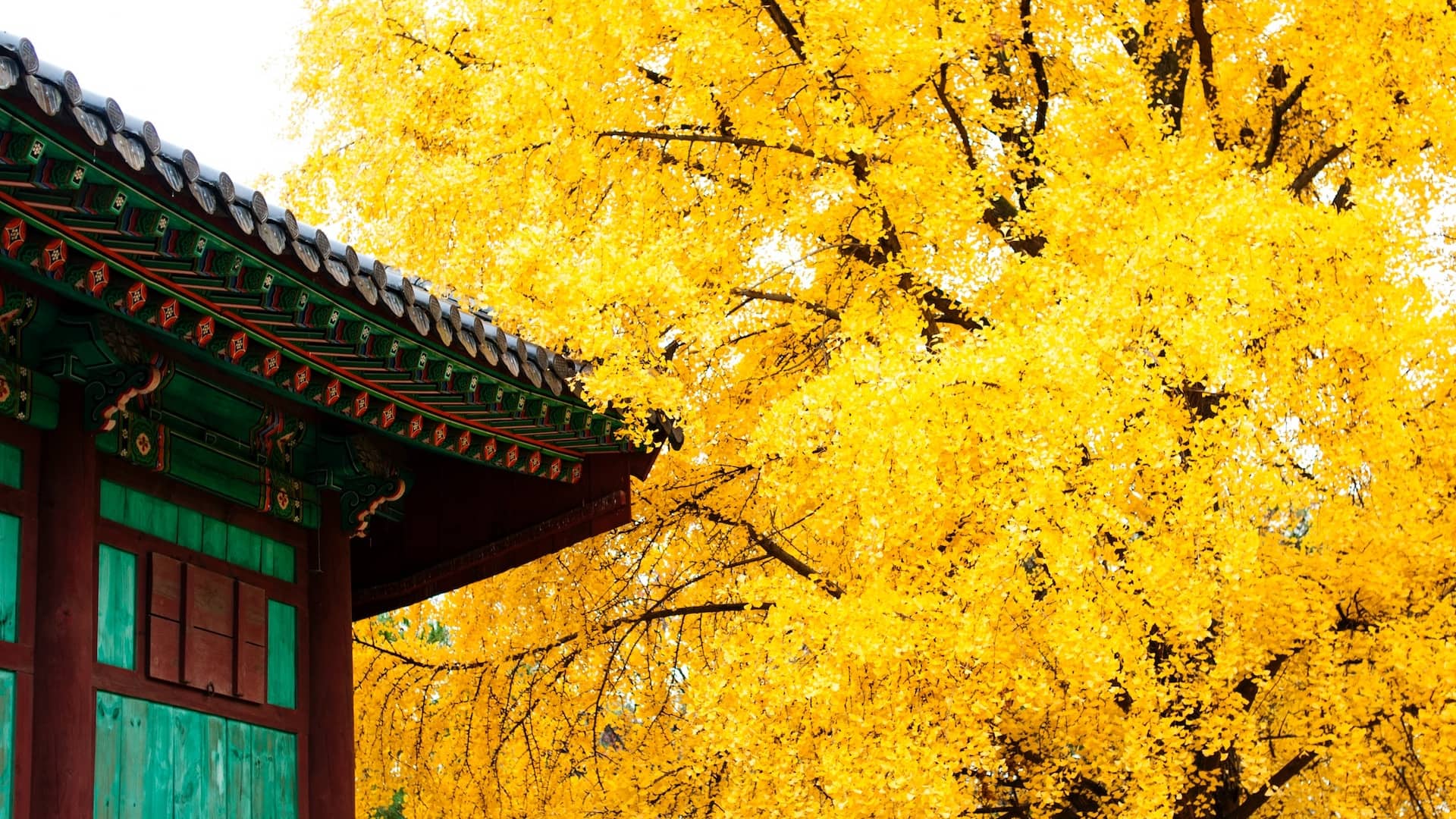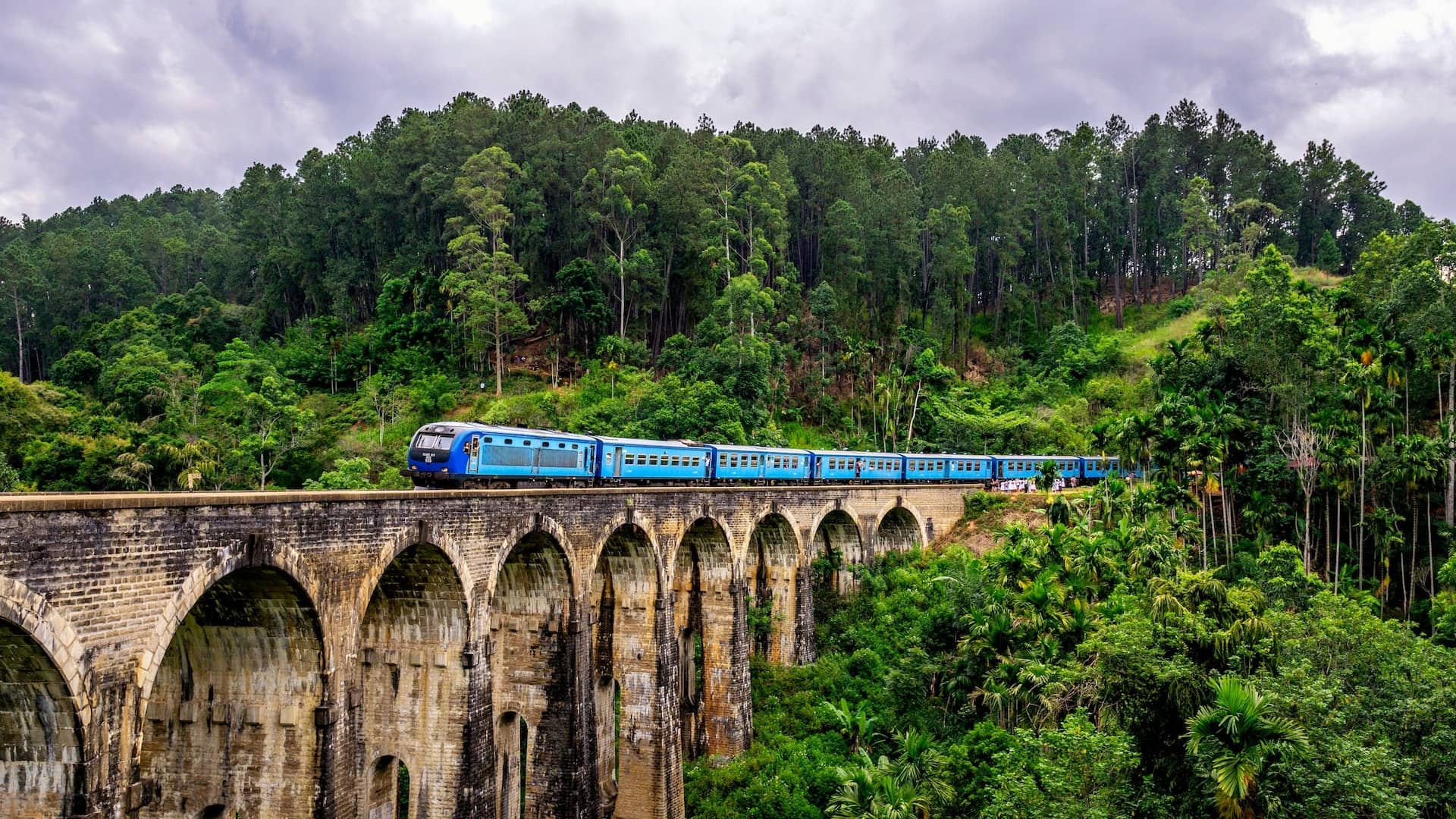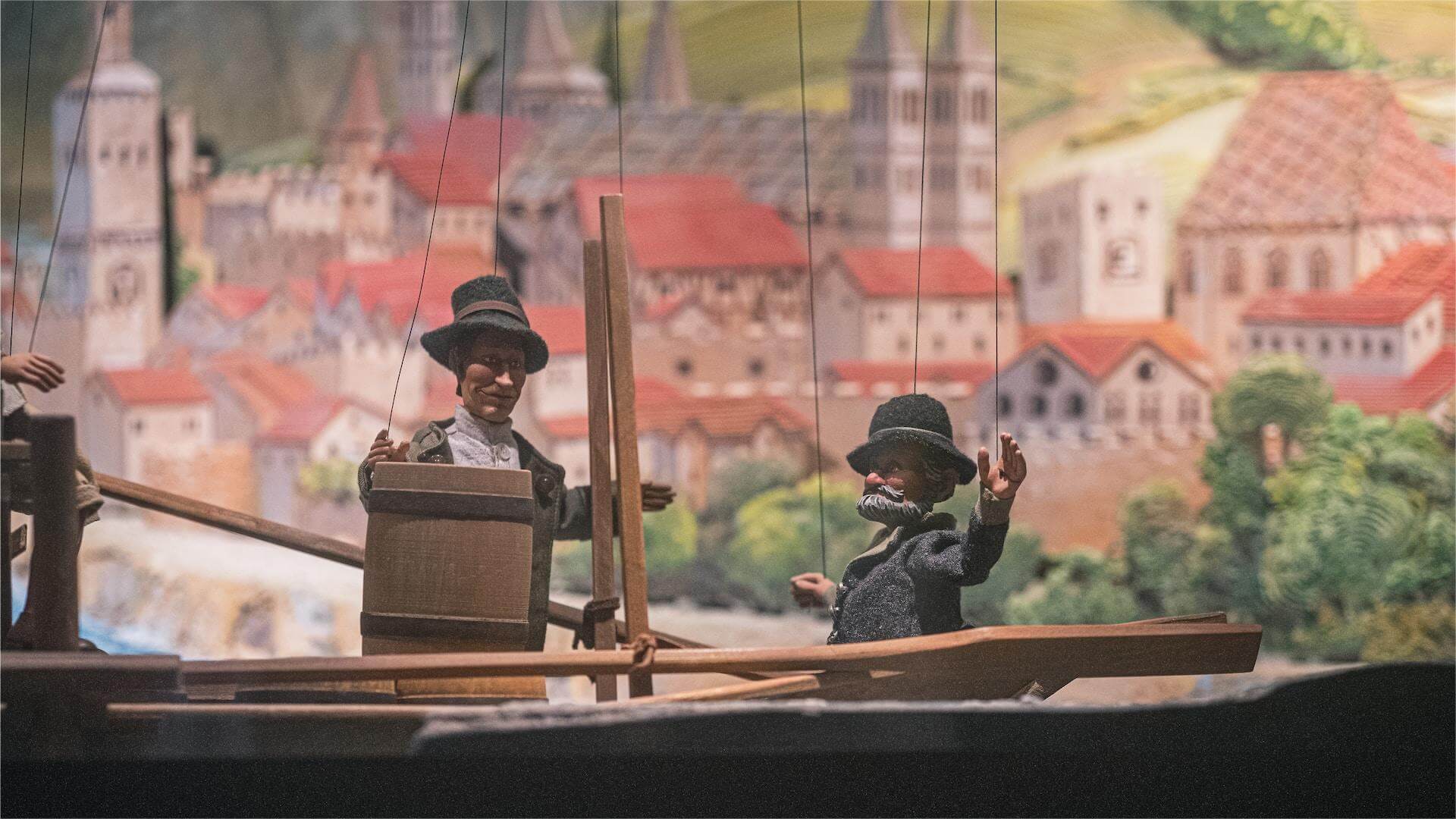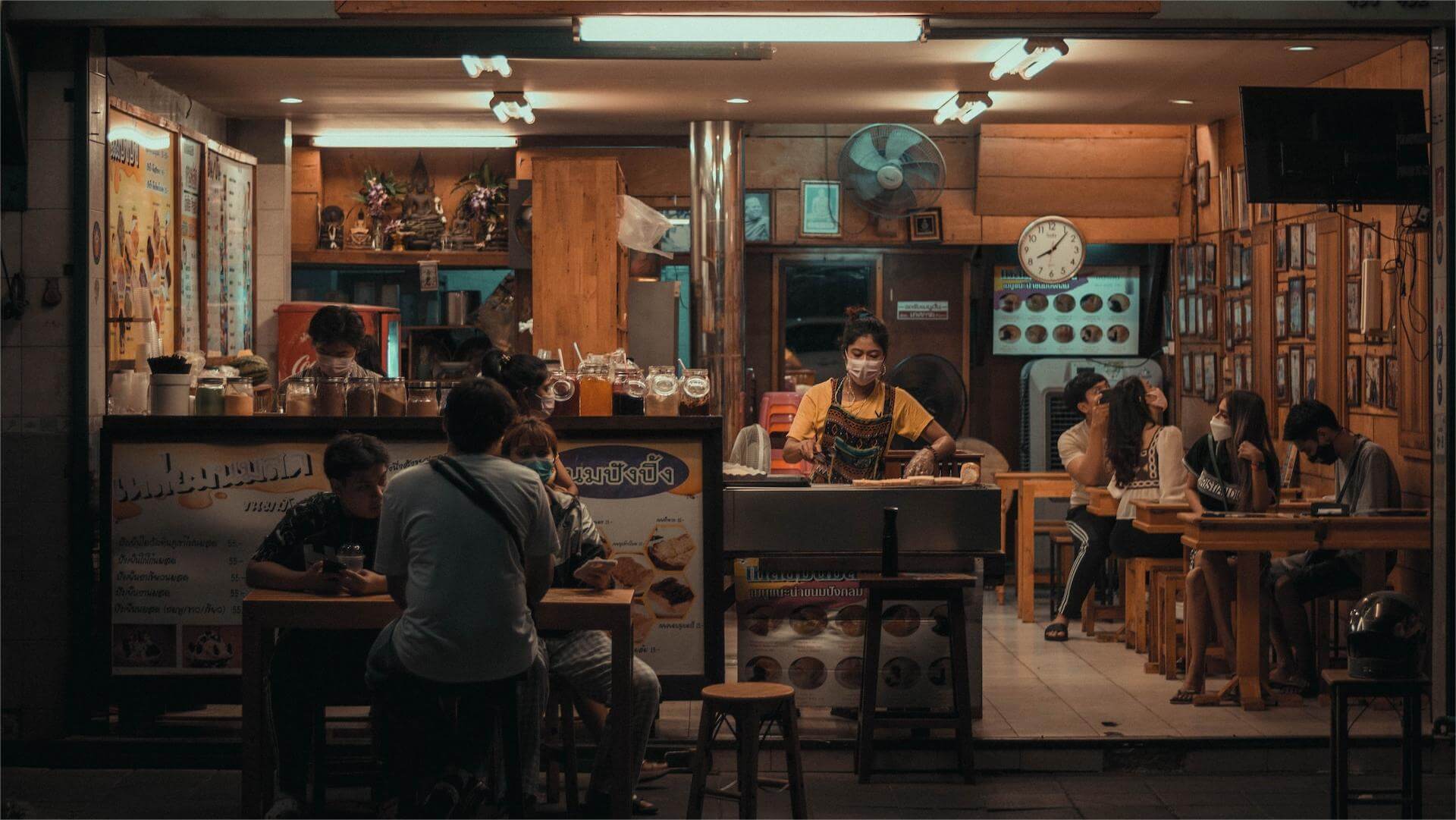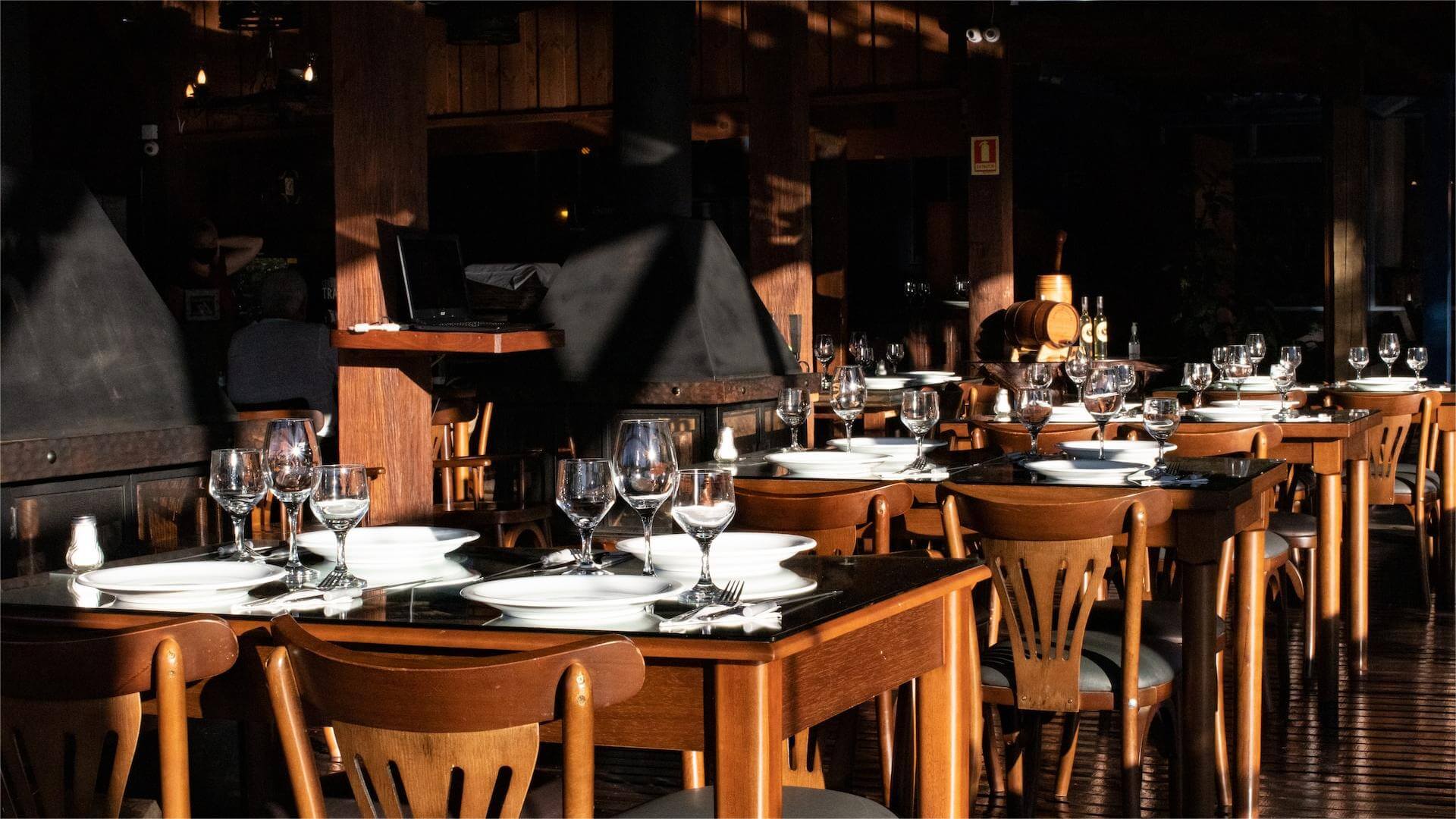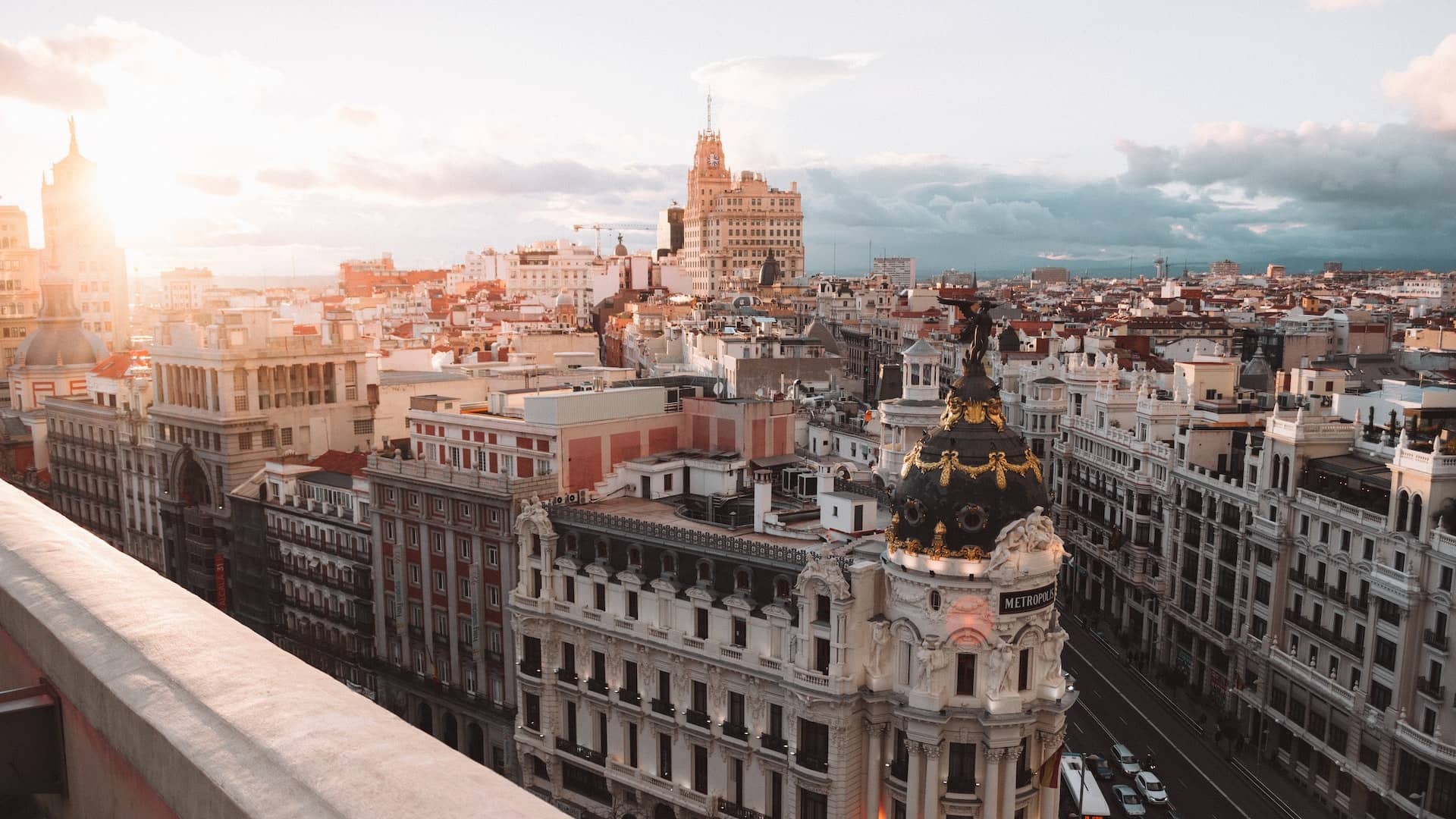S
The Forty Pillars Palace is a famous building in Isfahan, the most important feature of the palace is that it has preserved many precious historical paintings, frescoes and various artifacts. Unlike other traditional Iranian palaces where the frescoes tell about famous people, the frescoes of this palace tell about history and wars, such as the scene of Humayun taking refuge in Iran in 1544 and the reception of the Uzbek king in 1646.
This palace is located in a large garden covering 67,000 square meters. The garden was built by Abbas the Great, and the palace in the center of the garden was built by Abbas II in 1647 to receive and entertain foreign guests.
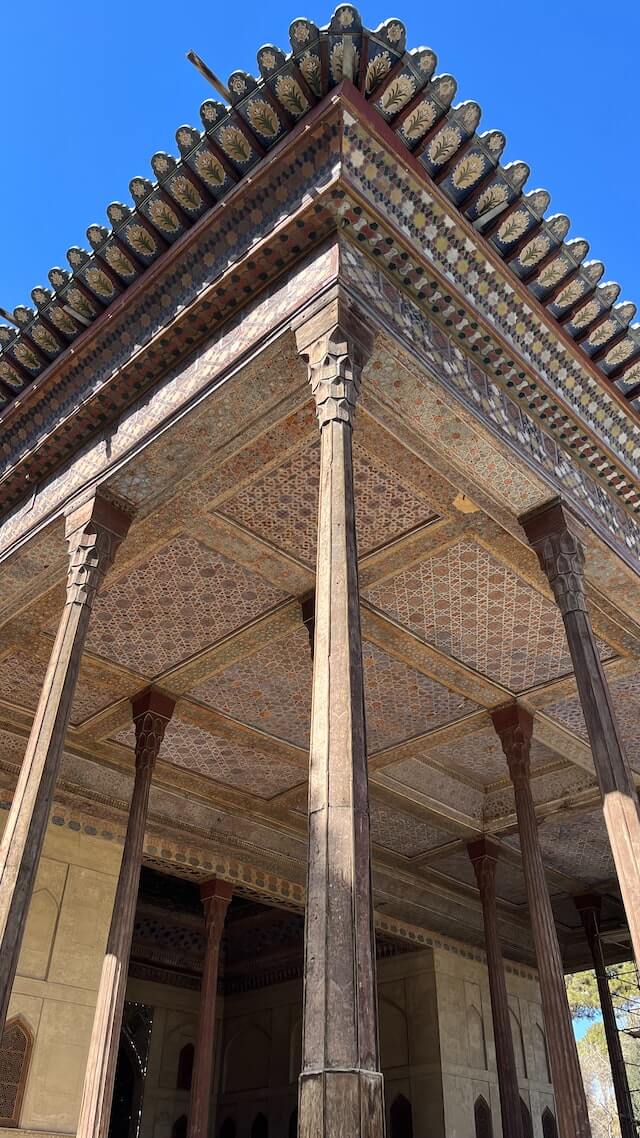
In front of the palace is a huge portico, supported by 20 monolithic columns made of cypress wood. In front of the portico, there is a pond 110 meters long and 16 meters wide, with water spouting from the mouths of four lions placed at the bottom of the pond. The water of the pond is clear and sparkling. The wooden pillars are reflected in the water, and 20 more identical pillars emerge. People called the palace "Forty Pillars Palace" based on this unique landscape.
The four walls and the ceiling of the palace are inlaid with mirrors, stained glass and frescoes, some showing historical scenes of the Persians fighting with the Uzbeks, Indians and Turks, some reflecting the grand scene of the king receiving foreign envoys, some depicting social scenes of men dancing with women, and some decorative patterns of animals and plants. Most of the murals are painted with fine brushwork techniques, with clear and soft lines.
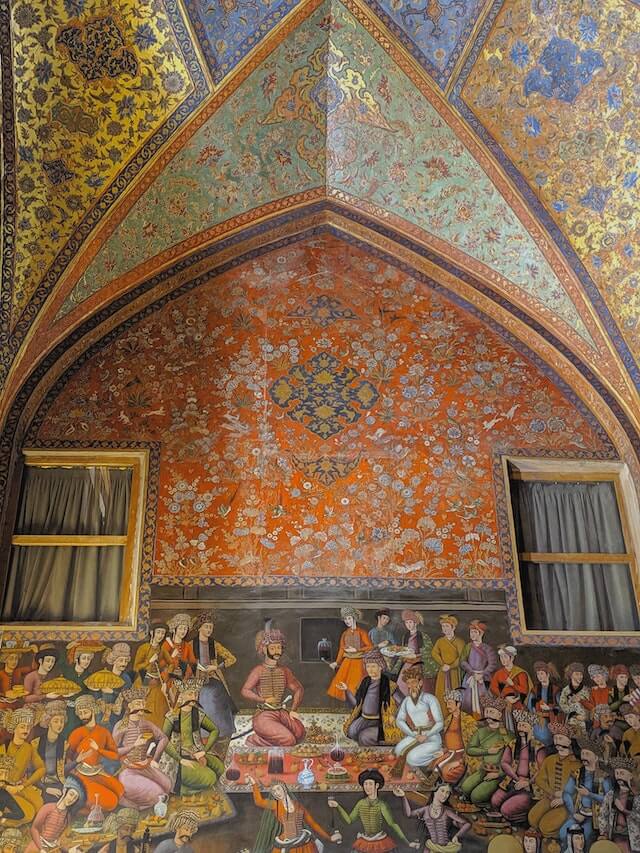
This kind of palace with external corridors and internal frescoes actually existed as early as the Achaemenid dynasty in the 6th century BC. At that time, Persepolis, the capital of the king, had a "Palace of Seventy-two Pillars" where the king received his guests and a "Hall of Hundred Pillars" where important ceremonies were held. However, the pillars in those palaces were solid stone products, unlike the "Forty Pillars Palace", half of which were made of wood, while the other half were illusory reflections in the water. This real and imaginary, under the water on earth, two worlds, inspire people to think.
The palace's suspended wooden columns are 14.6 meters high and decorated with mirrored mosaics. The center column is located around a pool with a fountain, and underneath it is a base composed of a group of four lions. The depth of the colonnade holds the king's throne, and there is also a domed niche whose roof is decorated with glass mirrors.
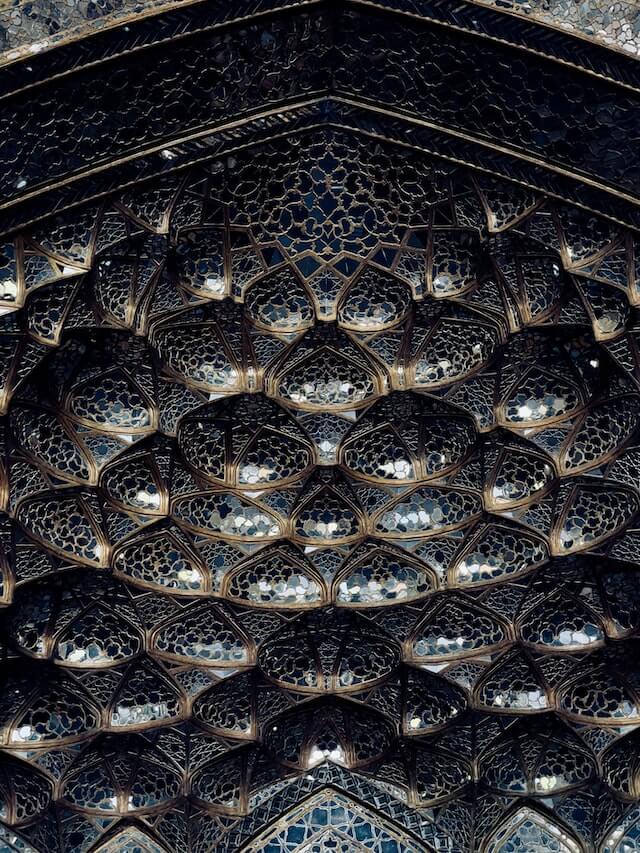
The ceilings of many halls of the palace were decorated with gilded frescoes, while the walls were decorated with landscapes and paintings of hunting scenes. One can also see frescoes with historical and literary episodes among the painted decorations in the palace halls. The divisional structure made of glazed glass blocks, the variety of materials used in the interior decoration of the palace, and the building itself - all of this is a logical demonstration of the strength and power of the state. It is no coincidence that the rulers of the Safavid dynasty received foreign ambassadors and held grand festivals and entertainments in the Forty Pillars Palace.
